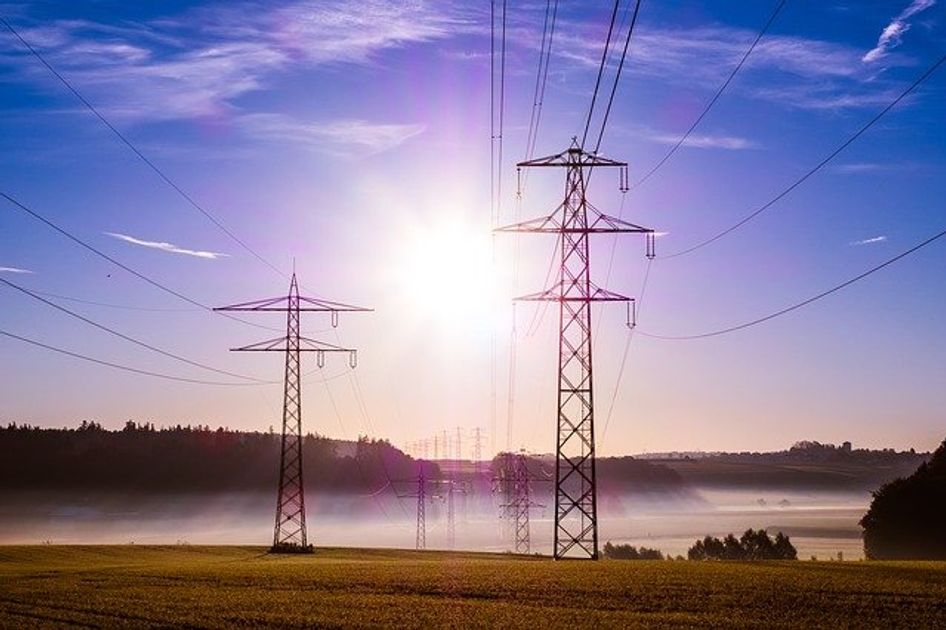What Lawyers Can Learn from One of the Least Exciting Industries on Earth
July 20, 2021
technology and digital data science billable hour internet of things
When I think about industries with a reputation for lacking excitement, passion, and verve, the first that comes to mind is the utility industry. No exciting growth companies here – no unicorns, hot IPOs, or tales of mega A-rounds. Just basic old-line businesses with stable stocks suitable for your grandmother’s retirement portfolio. In a word, boring – that is, until they learned how to collect data in real-time to measure what they sold as they sold it.
At the heart of the utility industry is that old piece of technology, the utility meter. It’s a pretty basic device. It tracks the amount of electricity or water a customer uses, and periodically someone comes by, manually records the numbers, which the utility then uses to generate and send a bill. It’s a relatively simple piece of data collection.
Not much different, when you get down to it, from the legal billing process — including the fact that when you have to wait a month or so for a person to collect and compile billing information, that limits the data’s usefulness.
Now enter the concepts of the Internet of Things (IoT) and Edge Devices. These refer to the devices capable of collecting and (via the Internet) reporting data in real-time. This allows you to continually analyze the data to drive business operations, thanks to fast, end-to-end connections between data collection and business decisions.
The impact of IoT in the utility industry has been tremendous. Utility IoT systems are already a multibillion-dollar market, predicted to grow to more than US$53 billion in the next few years. Why? Because that simple direct link between the data collected at the meter and the rest of the utility’s business operations generates incredible cost savings (20% in operational cost reductions or more). Having granular, just-to-the-minute information enables a utility to spot emerging load increases and decreases and predict future service needs. This lets it better plan operations, grid purchases, and financial needs. The smart meter has profoundly transformed how the utility industry operates.
If the boring utility industry can generate such impact just from a single measurement, timely collected, imagine what might be possible from the legal sector linking its already existing data collection sources (eBilling tools, e-mails, Word) to systems that collect, analyze, and act on that data in real-time.
Clients could see and evaluate the cost of legal services as the work occurred – instead of relying on stale monthly summaries that are 30 to 60 days old. Courts could manage resources to avoid case backlogs and move matters more efficiently. Law firms could tie workflow predictions into workforce management systems to ensure that talent is available where and when needed. Law departments could connect contract negotiation data directly into operational risk assessments.
As an industry, we are starting to build the technology and assemble the talent to make this happen. Organizations like SALI, OASIS, and LLI are investing in the standards needed to tie together systems. Modern ELM systems move data seamlessly between legal processes and even between law firms and their corporate customers. Law firms and law departments are starting to acquire the data, technology, and business process specialists they need and, when hiring the right people is impracticable, talent can be outsourced. For me, being at the center of this movement here at Elevate is very exciting.
Like the utility industry, we have the data already; we just need to understand how powerful that data can be and learn how to use it. The possibilities are far more interesting in legal because let’s face it, the law is more interesting than ConEdison
Back to Expertise

 Warren Agin
Warren Agin